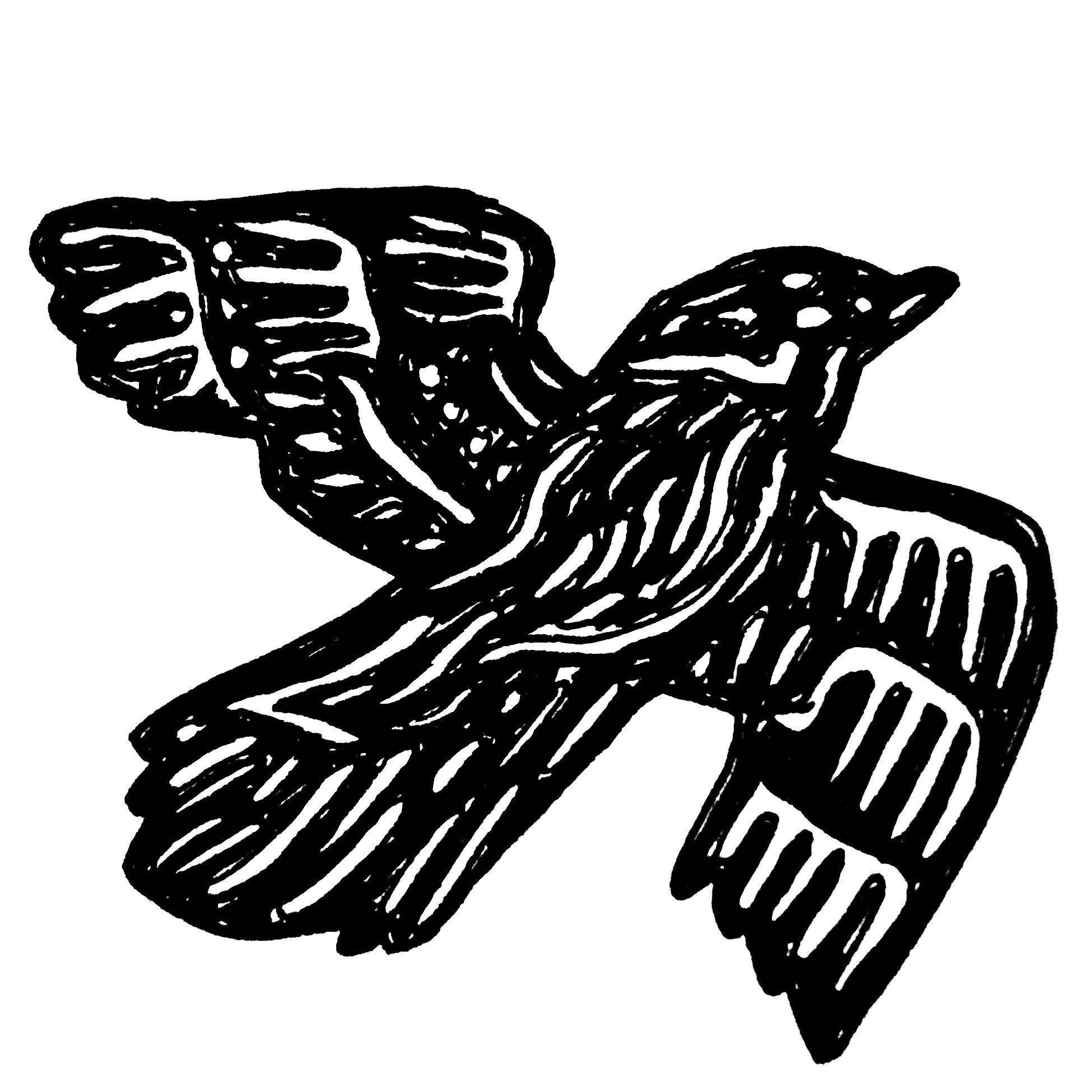E.F. Benson, known to many as Fred, published his short story Pirates in Hutchinson’s Magazine in 1928, and later presented it as part of his final collection of ‘supernatural’ work, More Spook Stories, in 1934. Perhaps unusually for a ‘spook’ story, the overwhelming tone of Pirates tends more toward nostalgia than fear; the principal character Peter Graham – widely viewed as Benson’s most direct personal stand-in – finds himself ensnared in a desperate search for meaning through revisiting and recreating the past, encouraged all the while by ghostly apparitions of his long-dead siblings.

The story opens as Peter takes the train from London to revisit his hometown of Truro, Cornwall, for the first time in decades, and in doing so he contemplates his loneliness: recently widowed and with no children, he is now the last of his family left alive. As his childhood ‘house on the hill’ comes into view through the window of the train, it appears in the landscape looking exactly as he remembers it. He puzzles over his attachment to the specificities of its image:
...what use was the house to him now? It was not the stones and the bricks of it, nor the tall hay-fields below it, nor the tangled garden behind that he wanted, but the days when he had lived in it. Yet he leaned from the window till a cutting extinguished the view of it, feeling that he was looking at a photograph that recalled some living presence.
Bachelard: "An excellent exercise for the function of inhabiting the dream house consists in taking a train trip."

In his book Ghostland – a psychogeographic exploration of the real equivalents of landscapes found in Gothic art and fiction – Edward Parnell discusses Pirates in relation to the trip he himself takes to Lis Elscop, the one-time family home of the Bensons and the inspiration for the story’s ‘Lescop’. He reflects on the house’s ageing structures and matches up, where possible, the reality of its layout to the details given in the story. “The attic floor,” he writes, “where, if the geography of ‘Pirates’ is to be believed (and I see no reason why not), Peter Graham, and therefore by extension Fred Benson, had his bedroom, is currently in a state of disrepair and is not accessible.”
Parnell then turns toward his own ‘somewhat less grand’ childhood home and thinks about revisiting and asking the current owner, the same one he had sold it to twenty years earlier, whether he can come and take a look inside. The idea is quickly abandoned:
“[...] I realised that even if he agreed to my odd request, I wouldn't want to see the place transformed into someone else’s home. I want to keep its memory – its ghosts – to myself, not have it sullied by someone else’s casual small talk. Still, I can’t resist an occasional drive-by when I'm passing [...]”